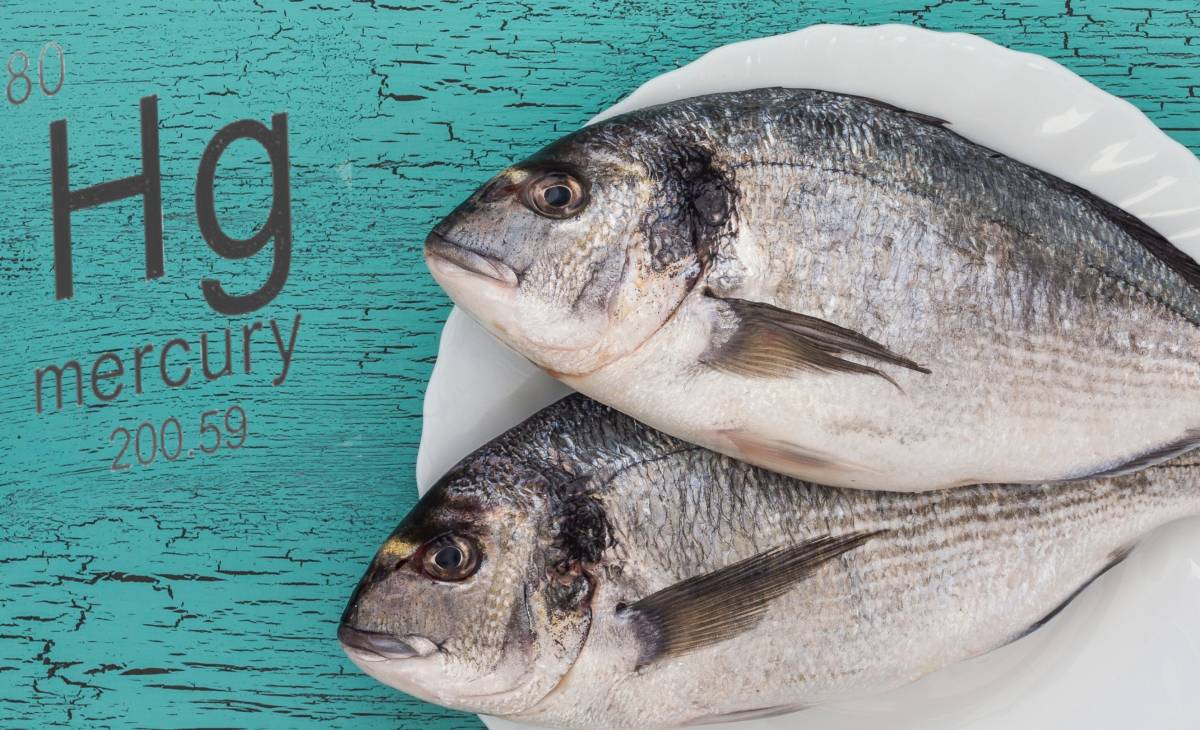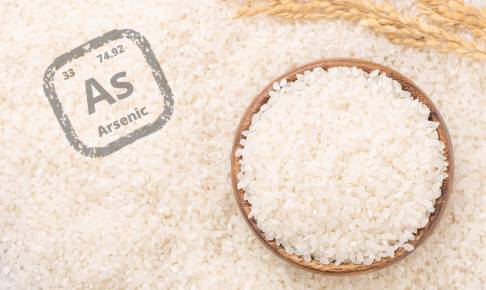WHO requests for data on heavy metals in food
The World Health Organization (WHO) has requested information on two heavy metals found in various foods, more precisely: methylmercury and total mercury in orange roughy, pink cusk-eel, and all toothfish, and lead in cereal-based foods and ready-to-eat meals for infants and young children, dried spices and culinary herbs, eggs, sweets, and sugar-based candies.
According to the World Health Organization, data on mercury in fish should be updated or added over the past 12 years. It must be sent to the WHO via the GEMS database (Global Environment Monitoring System). There is no need to resubmit information that has already been submitted. For both metals mentioned, the deadline to submit required information is October 15th, 2021.
The necessary information to be submitted is detailed information on analytical methods’ LOQ and LOD; information regarding precise sample identification such as if the food is fresh, processed, canned, salted, etc.; information on whether the food is cooked or raw and the information regarding fat content and dry weight; information regarding at least two locations in typical fishing regions; information for both methylmercury and total mercury on whether these constitute a paired analysis.
The Codex Committee on Contaminants in Foods (CCCF14) which met virtually this May have decided to begin new work on maximum levels (MLs) for methylmercury in orange roughy and pink cuskeel, and to re-establish the Electronic Working Group (EWG) led by New Zealand and Canada to develop MLs and associated sampling plans for consideration by CCCF15 (2022). Further data will be considered by the EWG in order to determine the viability of establishing an ML for Patagonian toothfish.
Sources:






















